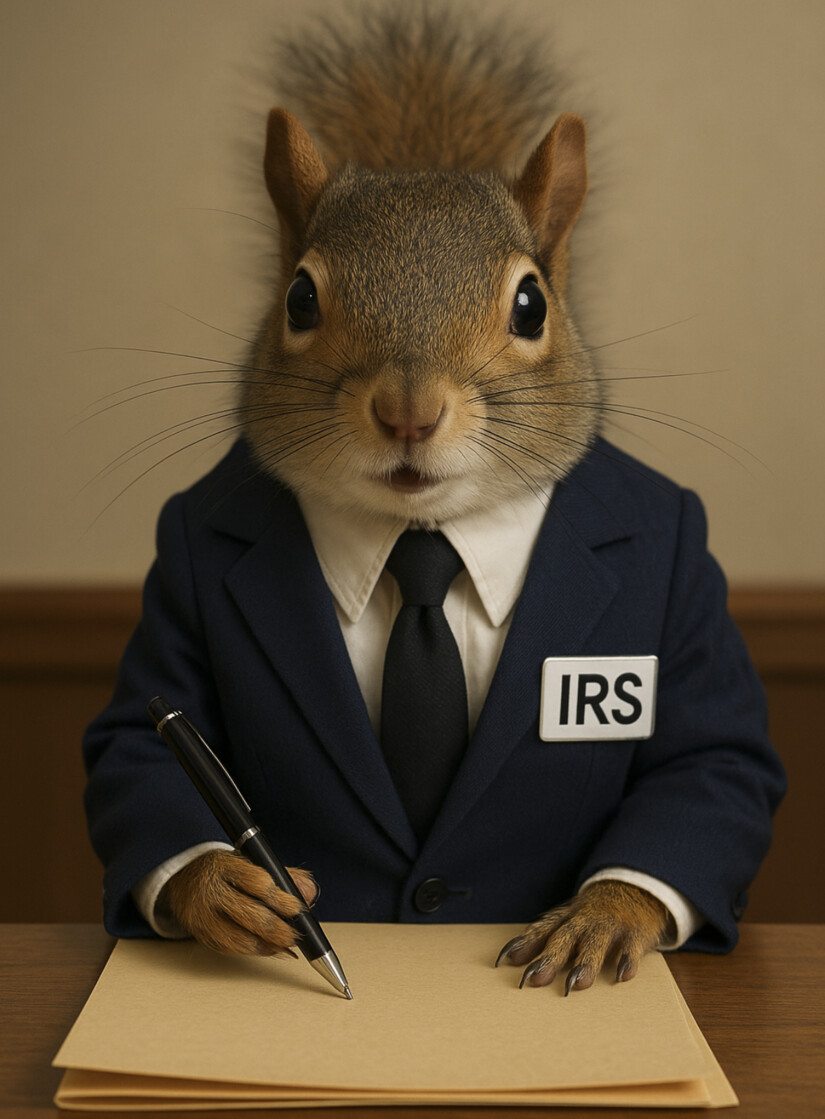Image


Warren County, OH -- In today’s world of W-2 forms, online filing, and quarterly estimated payments, it’s hard to imagine a time when your local tax bill could be settled with something as curious - and furry - as a squirrel scalp. Yet, in the early 19th century, that’s precisely how some Ohioans paid their dues.
According to Beers’ “History of Warren County, Ohio”, the year 1807 marked a unique moment in the young state’s approach to taxation. At the time, residents were required to pay a portion of their township taxes in squirrel scalps - proof of their contribution to controlling the region’s exploding rodent population.
The logic was surprisingly practical. In 1807, Ohio’s settlers were primarily farmers, and squirrels posed a serious threat to their crops. With money scarce and state infrastructure in its infancy, officials crafted a dual-purpose solution: incentivize pest control while simultaneously collecting taxes. For each squirrel scalp submitted, a settler would receive credit against their township tax obligation.
This method reflected the realities of a frontier society - where government institutions were fledgling, cash was limited, and local needs often took creative precedence over formality.
Fast forward more than two centuries, and the contrast is striking. In 2025, Ohio residents pay state and local taxes through a highly organized system involving income tax, sales tax, property taxes, and more. Payments are made in U.S. dollars—preferably via electronic means—and calculated based on income, property value, and consumer activity, rather than one’s skill with a musket or trapping skills.
***Watch now!***
Watch a video of an excerpt from Beers' History of Warren County, Ohio and listen to A.H. Dunlevy describe the wildlife in Warren County Ohio and the squirrel tax.